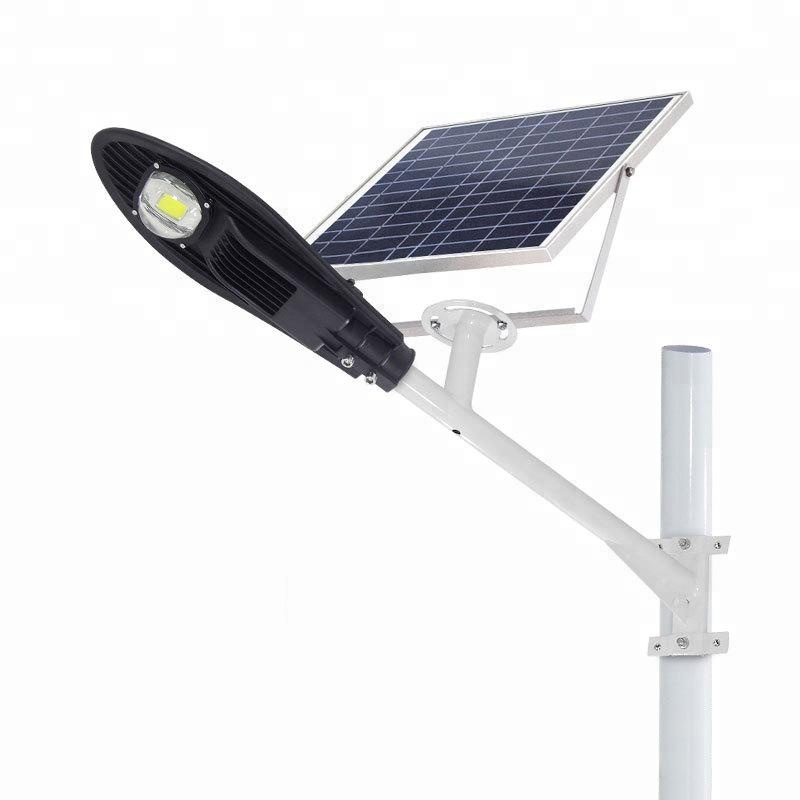
It is estimated that Mark Booth of Durham University kills more than half a million people every year.
With solar energy, people can stop using such polluted fuels as kerosene at home.
But with the emergence of domestic solar energy, this is an unexpected result.
When light bulbs are turned on, they attract disease-carrying insects.
Considering the health threats posed by kerosene and other indoor pollutants, some initiatives are promoting the use of solar energy for household purposes.
Organizations related to all United Nations initiatives for sustainable energy promotion are promoting programmes.
Donors are also shifting to this area.
One example is the Energy Africa Campaign launched by the Department for International Development (DFID).
It focuses on home solar energy, providing individual households with systems that provide electricity for small and medium-sized household appliances.
This mainly involves light bulbs.
In Africa, the radiation potential of sunlight to provide this clean energy is enormous.
If people are converted from kerosene and other substances, there will undoubtedly be huge health benefits. -
It's called dirty fuel, rather than adding solar energy to the various sources of energy they use.
Let's temporarily leave the potential problems of financing and sustainability to individual households who are not accustomed to caring for a complete solar system.
In other cases, there is a prominent problem in providing electric lighting. -
Improved houses, such as mud houses with corrugated tin roofs: flying insects.
Many different kinds of insects are attracted by light sources.
It's either looking for a partner or after dinner.
Many insects attracted by light may be harmless, but key species are known disease vectors affecting humans and animals.
These include: Musca domestica, which carries bacteria that cause blindness and trachoma.
Mosquitoes carrying parasites causing malaria, filariasis and dengue fever;
And sand flies, carrying parasites that cause leishmaniasis.
Ironically, it's low. -
Energy LED bulbs are the most attractive because they emit more blue light.
This is a very important issue, and we are trying to adjust the LED to attract fewer flying insects.
Blue light attracts vectors carrying flying insects.
Shutter mosquitoes are not only attracted by light.
They also look for human skin through the carbon dioxide released by our bodies when we breathe, and are attracted by chemicals released by skin bacteria.
Historically, this may not be a major problem, as mosquitoes tend to eat after midnight.
But mosquito populations may have evolved in search of blood. -
Because of the selective pressure of mosquito nets, eat early in the evening.
In addition, human transmission to mosquitoes may have improved in recent decades.
This is also due to the pressure to take control measures against parasites.
So if artificial light is introduced, the use is low. -
Are energy LEDs integrated with other interventions?
The research is still at an early stage.
On the one hand, modern housing can reduce the risk of malaria.
However, there is epidemiological evidence that community buildings and electricity may accidentally increase the risk of malaria and other diseases.
Some of these effects may be directly attributed to light attracting disease vectors to where humans exist.
Alternatively, carriers may not be attracted by light itself, but by humans engaged in family and economic activities near artificial light sources.
This may occur even if the harmful effects of particles from kerosene lamps are reduced.
Find a way to solve this problem-
We can turn to evolutionary medicine first.
This considers how evolutionary processes shape our ability to fight disease.
Research in this area can be combined with integrated approaches and social technology research involving sustainable architecture, while addressing energy and health issues.
The core of this concept is solar energy, when integrated into modern energy. -
Efficient buildings can be completely off-grid, providing electricity to hundreds of millions of people in Africa who have no access to energy.
Many of these people live in areas where vector-borne diseases are common.
This comprehensive approach requires careful planning and cannot provide solutions at the same speed as small solutions. -
Extend the solar energy system to all households.
This may be why DFID is now lagging behind. -scale solar.
This technology overcomes the historic burden, availability and energy storage barriers and can be installed in other unaltered homes.
DFID is keen to open its market to enterprises in the solar industry.
I am eager to ensure that the evidence base is constantly established so that the public, private and private sectors can understand the consequences and impact of their activities.
More generally, advance warnings are prepared in advance, and evidence is studied and examined in advance. -
Large-scale implementation can generate testable assumptions, and combine basic research, applied research, operational research and implementation research to achieve greater results.
Mark Booth is a senior lecturer in epidemiology at Durham University. This article was first published in conversation.
Read the original text.
